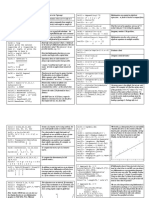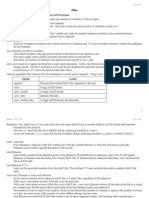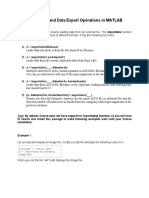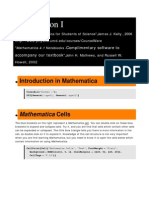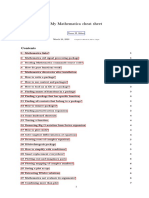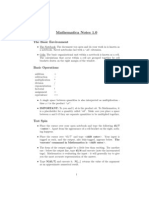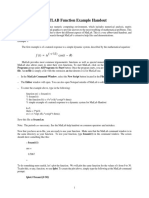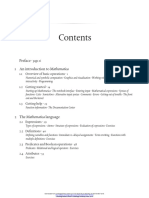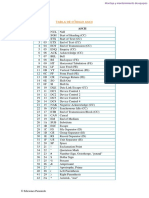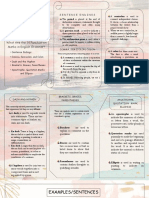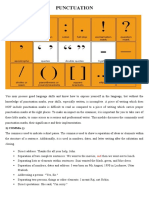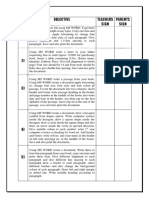0% found this document useful (0 votes)
101 views2 pagesTutorial 9: Importing and Exporting Data Into Mathematica
The document discusses importing and exporting data into Mathematica. It describes formatting text files with the correct end-of-line character and delimiter for importing. It demonstrates importing data from a text file, plotting the full and partial data, and writing arrays from Mathematica to an output text file.
Uploaded by
xyzCopyright
© © All Rights Reserved
We take content rights seriously. If you suspect this is your content, claim it here.
Available Formats
Download as PDF, TXT or read online on Scribd
0% found this document useful (0 votes)
101 views2 pagesTutorial 9: Importing and Exporting Data Into Mathematica
The document discusses importing and exporting data into Mathematica. It describes formatting text files with the correct end-of-line character and delimiter for importing. It demonstrates importing data from a text file, plotting the full and partial data, and writing arrays from Mathematica to an output text file.
Uploaded by
xyzCopyright
© © All Rights Reserved
We take content rights seriously. If you suspect this is your content, claim it here.
Available Formats
Download as PDF, TXT or read online on Scribd
/ 2

